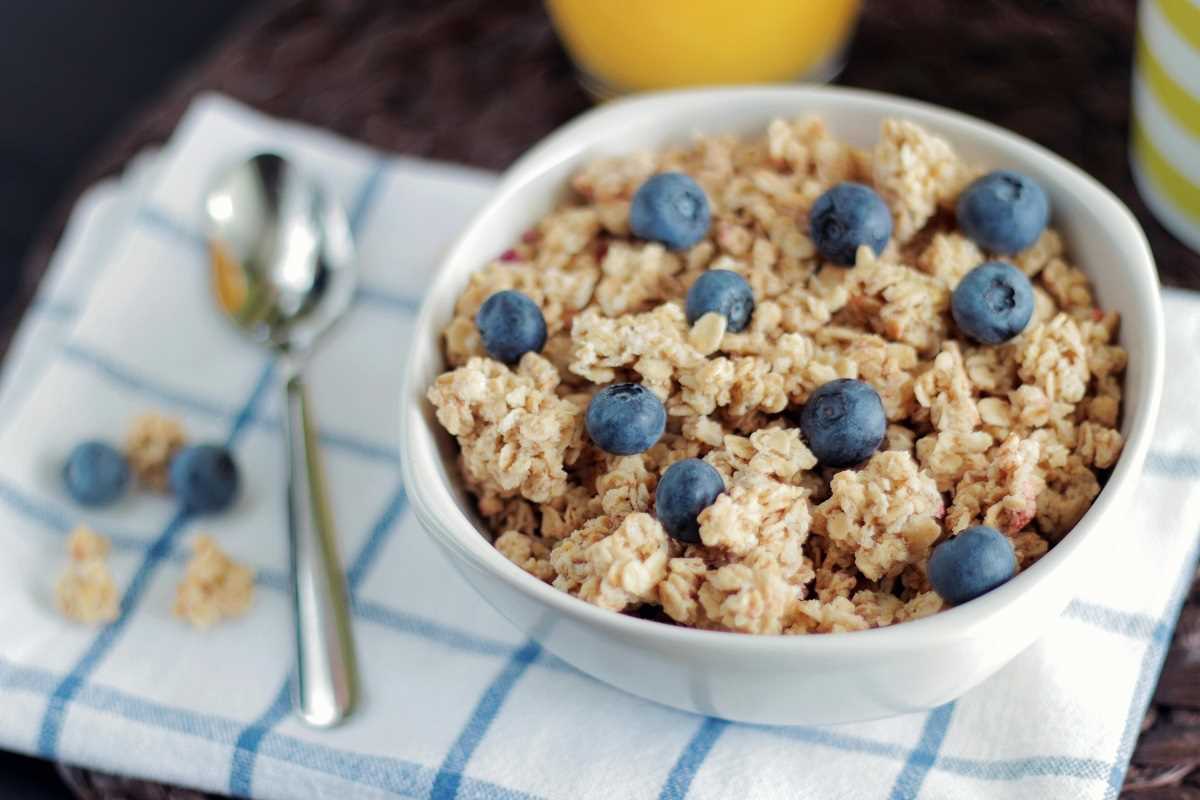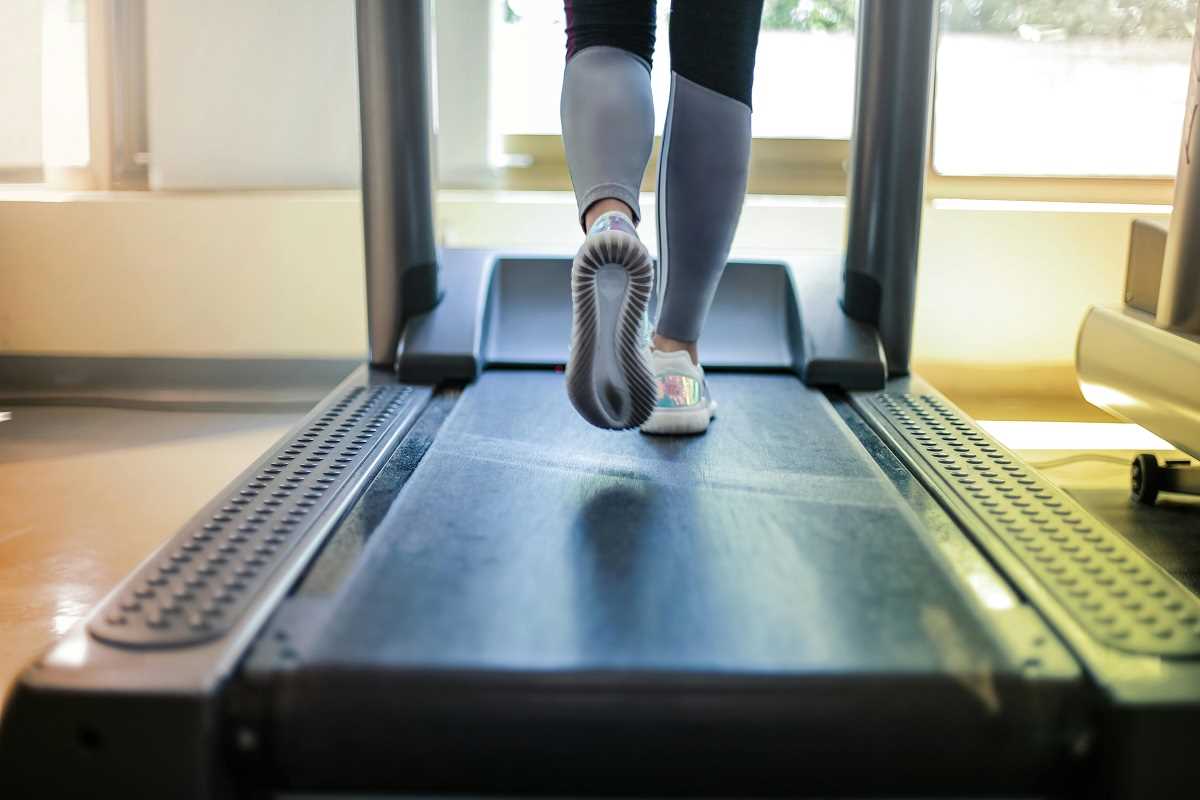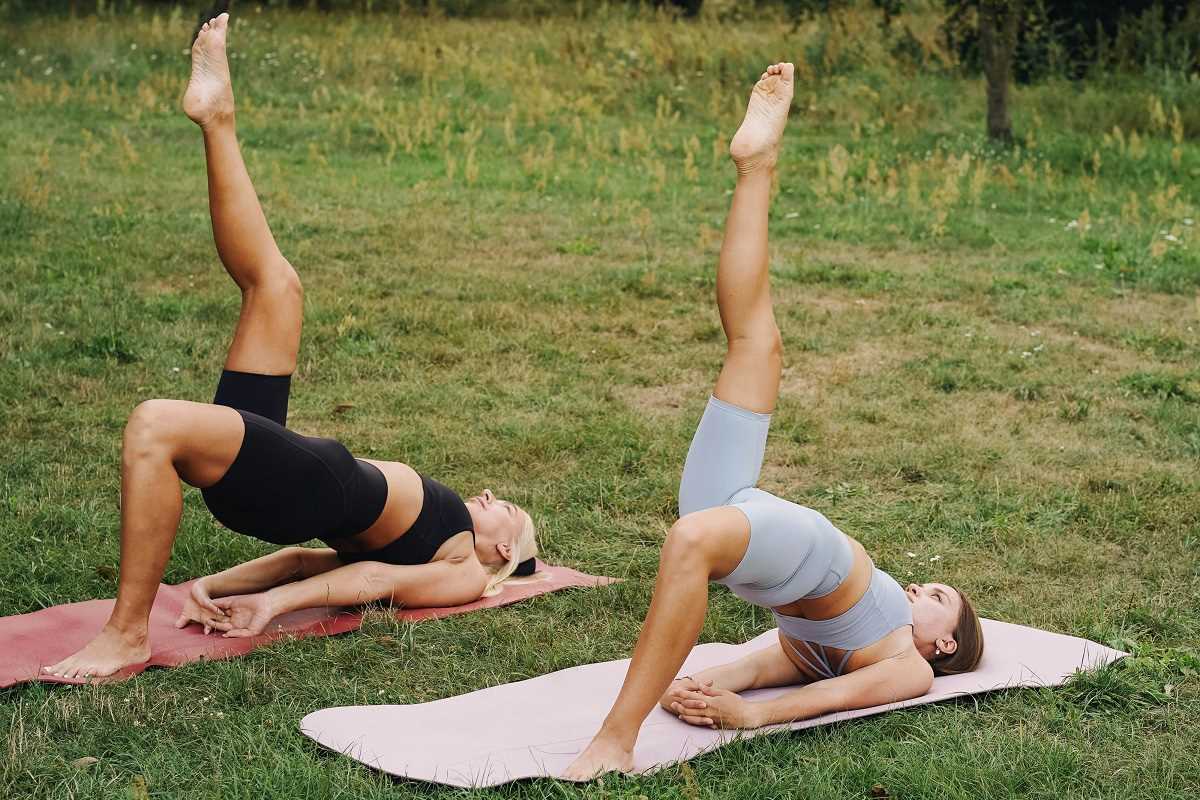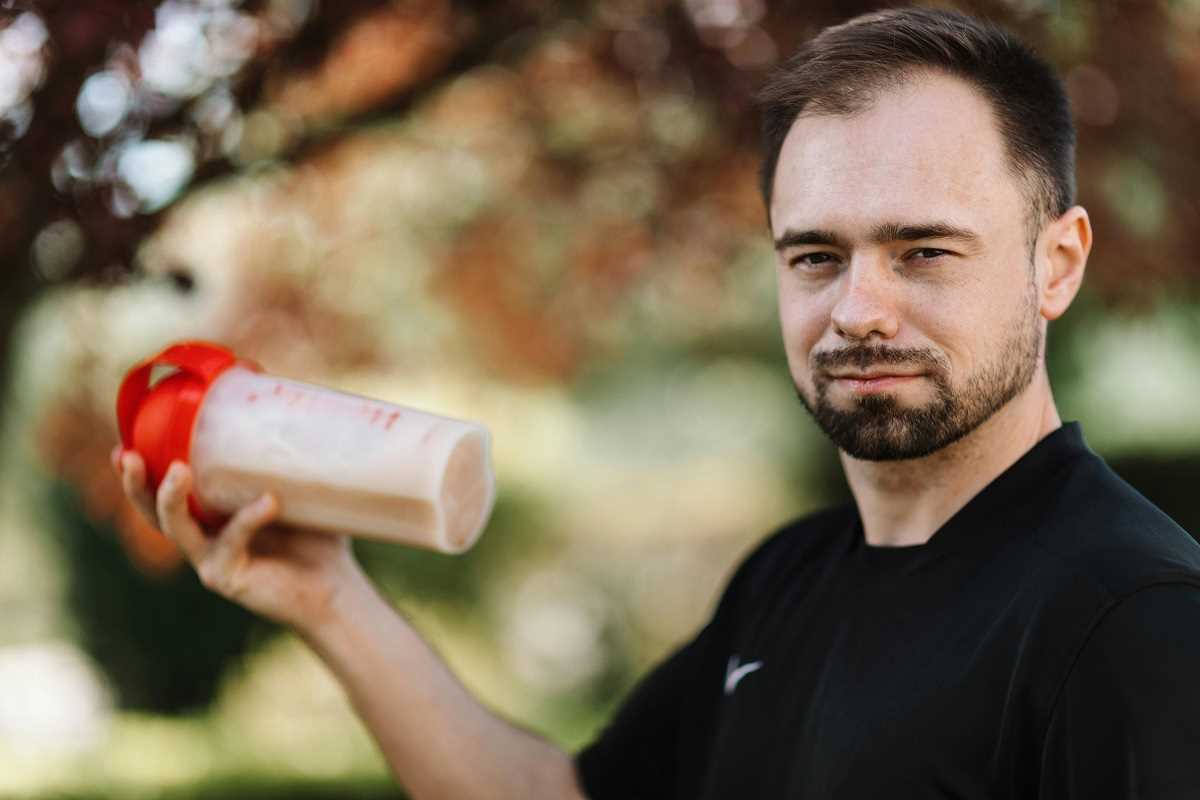Stepping into fitness can be exciting, but it also comes with its challenges. Deciding which exercises to do, how to perform them safely, and staying consistent all take learning and effort. Yet, there’s one vital part of working out that many overlook or rush through—warming up. A well-structured warm-up isn’t just extra time in your schedule; it’s a foundation for safer, more effective training sessions.
For beginners, understanding the essentials of warm-ups is key to avoiding injuries, boosting performance, and setting yourself up for long-term fitness success. Whether you’re lacing up your running shoes, jumping into a yoga class, or stepping into the gym for strength training, here’s your complete guide to creating warm-up routines tailored for your fitness goals.
What is a Warm-Up and Why Is It Important?
At its core, a warm-up is a low-intensity series of movements designed to prepare your mind and body for the physical demands of exercise. It gradually increases your heart rate, improves blood flow to your muscles, and primes your nervous system for better coordination. Think of it as waking up your body for the task ahead.
Why Warm-Ups Matter
For beginners, skipping warm-ups may feel tempting. After all, you just want to jump into your workout, right? However, skipping this step is often linked to muscle pulls, joint discomfort, and even long-term injuries. Here’s a closer look at the benefits of warming up:
- Enhanced Blood Flow: Warm-ups improve blood circulation, delivering more oxygen and nutrients to your muscles. This prepares them to handle the effort they’ll soon face.
- Improved Flexibility and Mobility: Dynamic stretching and joint rotations loosen tight muscles and allow for better range of motion. This means smoother, safer movements during your workout.
- Faster Reaction Times: Warm-ups fire up your nervous system, improving coordination and muscle activation.
- Reduced Risk of Injury: Cold muscles are stiff and prone to tears or strains. A warm-up minimizes that risk by making tissues pliable and ready to move.
- Mental Focus: Beyond physical benefits, warm-ups act as a mental shift from your daily routine to workout mode. They help you focus on form, effort, and goals.
The Science Behind Warm-Ups
Physiologically, your body operates more efficiently when “warmed up.” Here’s what's happening under the surface:
- Muscle Elasticity - Heat from increased blood flow raises your core temperature. Warmer muscles are more elastic and less likely to tear. This enhanced elasticity also improves your comfort during dynamic movements like squats or lunges.
- Synovial Fluid Activation - Warming up triggers the release of synovial fluid, which lubricates your joints. This reduces friction and allows for smoother movements during weightlifting, running, or even yoga.
- Neuromuscular Activation - Warm-ups stimulate connections between your nervous system and muscles, refining your ability to perform precise and powerful movements. This is particularly important for explosive exercises, such as sprinting or deadlifting.
Understanding these processes highlights why skipping a proper warm-up isn’t just risky but limits your performance potential.
Components of an Effective Warm-Up
A good warm-up involves more than just a few stretches. It’s a comprehensive sequence designed to prepare both body and mind. Keep your warm-up balanced with these three key components:
1. General Warm-Up
The goal here is to elevate your heart rate and temperature gradually. This step gets your cardiovascular system ready for exercise.
- Activities like brisk walking, light jogging, or cycling are perfect.
- Keep the intensity low to moderate; you should feel warmer but not out of breath.
2. Dynamic Stretching
Dynamic stretching gently elongates your muscles and increases your range of motion. Unlike static stretches, this method involves movement.
- Arm swings, leg kicks, or walking lunges are common examples.
- Target the areas you’ll use most in your workout, whether that’s hips and hamstrings for running or shoulders and back for strength training.
3. Workout-Specific Movements
Mimic the main exercises in your workout but with lower intensity. These functional movements prepare your body for specific activities.
- For example, bodyweight squats are a great primer for a leg day workout.
- If you’re running, finish your warm-up with light strides or moderate-paced jogging.
By combining these three elements, your warm-up ensures a safer and more effective main workout session.
How to Build Your Beginner-Friendly Warm-Up
Warming up doesn’t need to be complicated. Here’s a breakdown to help you create a balanced, beginner-friendly routine.
1. Start with Aerobic Movements (5-10 minutes)
Focus on easy, rhythmic activities that elevate your heart rate. These movements wake up your muscles and boost circulation.
Examples:
- Walking or jogging outdoors.
- Using a cardio machine like an elliptical.
- Doing jumping jacks for a simple indoor option.
For those needing low-impact alternatives, marching in place or stepping side-to-side with arm swings can work just as well.
2. Transition to Dynamic Stretches (5-10 minutes)
Dynamic stretches enhance flexibility and mobility, making them ideal for beginners unfamiliar with static stretching risks.
Examples:
- Lunges with a Twist: Activate your legs and core simultaneously.
- High Knees: A great way to stretch hip flexors and warm up your lower body.
- Cat-Cow Stretch (for yoga lovers): Loosen up your spine and improve posture before any activity.
3. Incorporate Joint Rotations (3-5 minutes)
Joint mobility work is especially important for individuals who experience stiffness, such as those coming from sedentary jobs.
Simple Moves:
- Roll your neck gently side-to-side.
- Rotate your shoulders forward and back.
- Perform slow wrist, ankle, and knee circles.
Think of this step as oiling the joints for smoother, pain-free motion.
4. Activate Key Muscle Groups (3-5 minutes)
Muscle activation is about “recruiting” the muscles you’ll use in the workout. It’s like reminding them of their job before you demand intense effort.
Suggestions:
- Clamshells to activate glutes.
- Push-Ups (on knees if needed) for upper-body strength.
- Bird-Dogs to engage your core.
5. Practice Light Workout-Specific Moves (3-5 minutes)
Rehearsing lighter versions of your main exercises continues to wake up the right muscle groups while reinforcing proper form.
Examples Based on Activity:
- Cardio: Do skipping drills or strides.
- Strength Training: Start with an empty bar or light dumbbells.
- Yoga: Flow through basic sun salutation poses.
6. Take a Moment to Breathe and Focus (1-2 minutes)
End your warm-up by connecting with your breathing. Deep breaths help oxygenate your blood, calm your nerves, and focus your energy.
Try this:
- Breathe in for four counts, hold for two counts, and exhale for four counts. Repeat a few times.
Taking this pause prepares you mentally for the effort ahead and transitions you smoothly into your workout mindset.
Adapting Warm-Ups for Different Workouts
Warm-ups aren’t one-size-fits-all. Tailor your routine based on your specific exercise.
- Running - Incorporate dynamic leg swings, hip flexor stretches, and high knees to prepare your lower body. Finish with a gentle jog at moderate intensity.
- Strength Training - Focus on joint mobility and light sets of your planned exercises. For example, do light overhead presses before heavy sets.
- Yoga - Start with simple poses like Child’s Pose or Cat-Cow to warm the spine. Gentle flows can ease you into more complex asanas.
- High-Intensity Interval Training (HIIT) - Combine aerobic movement and dynamic stretching to prepare for explosive movements. Swing your arms, do lateral lunges, and include a few small jumps.
Adapting your warm-up ensures the right muscle groups are prepared for the activity while tailoring intensity to meet the demands of your session.
Common Myths About Warm-Ups
- “Warm-ups are only for advanced exercisers.” On the contrary, beginners benefit the most since their muscles and joints need extra care.
- “Static stretching before exercise prevents injuries.” While stretching is useful, static holds during your warm-up can reduce muscle strength and performance. Keep stretches dynamic for better results.
- “A longer warm-up is better.” Quality matters more than quantity. A thoughtful 10-minute routine often suffices unless your workout is particularly intense.
- “You’ll be fine skipping it occasionally.” Missing a warm-up may not cause immediate harm, but it increases your risk of injury and limits your performance over time.
For beginners, warming up might feel like an unnecessary delay, but it’s the secret to effective and injury-free workouts. Spending just 10-15 minutes preparing your body pays dividends in performance, safety, and overall fitness success.
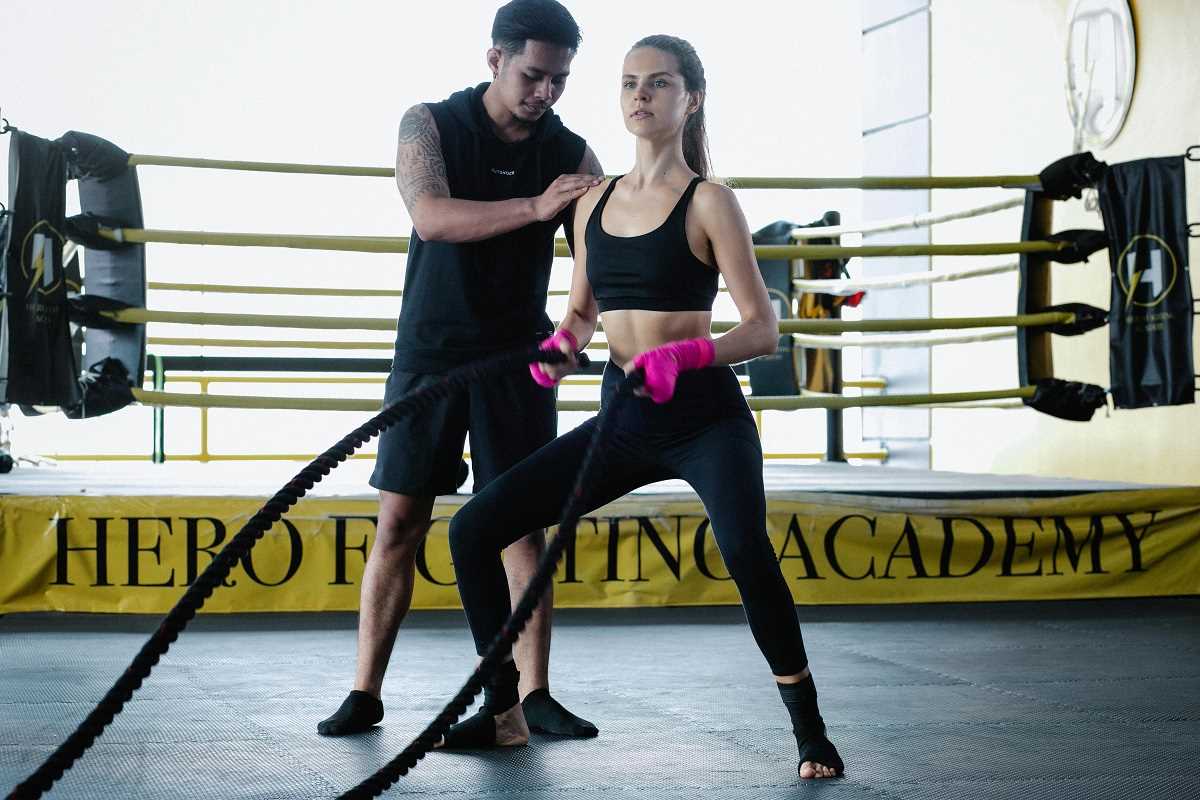 (Image via
(Image via